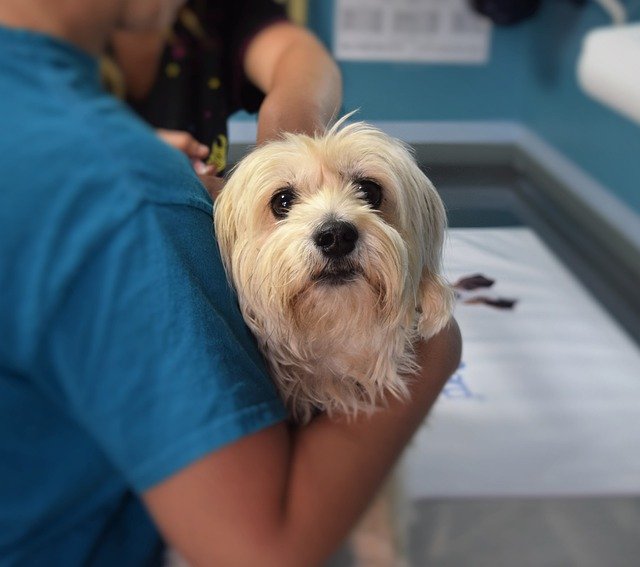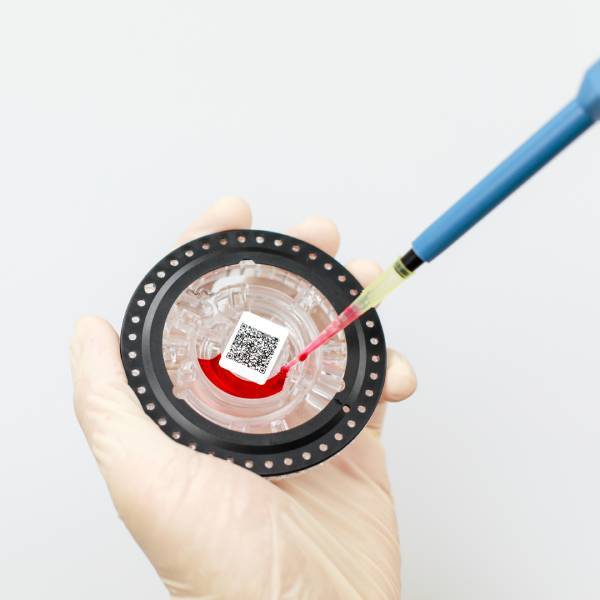release time:2021-11-22 15:36:50
In the previous article, we learned what lipidemia is and how it affects biochemical test results. So what should we do? How can we reduce the interference of lipid samples on biochemical analysis results? Four methods are described below.
For biochemical test results that are mildly affected by lipemia, explain to the pet owner that the sample has mild lipemia. The measured biochemical index is for reference only. It cannot be used as a complete diagnostic basis. Diagnostic analysis should also be performed in conjunction with clinical signs and other ancillary diagnostic equipment. The veterinarian should also indicate the lipemia and its severity on the test report form.

2022-01-28
Elevated total cholesterol in animals may indicate diseases such as hyperlipidemia, kidney disease, cholestasis, leukodystrophy and leptospirosis.

2021-11-04
Microfluidic chip technology is the cornerstone of biochips. It integrates the processes involved in sample pretreatment, biochemical reactions, sorting and detection in the fields of chemistry, biology and medicine into a few square centimeters of chip through multidisciplinary intersection.

2021-08-13
There are many testing devices on the market for analyzing blood, such as: blood cell analyzers, biochemical analyzers, enzyme markers, chromosome karyotyping systems, spectrophotometers, frozen centrifuges, blood cell counters, etc. But do you know what type of blood tests they are used in?